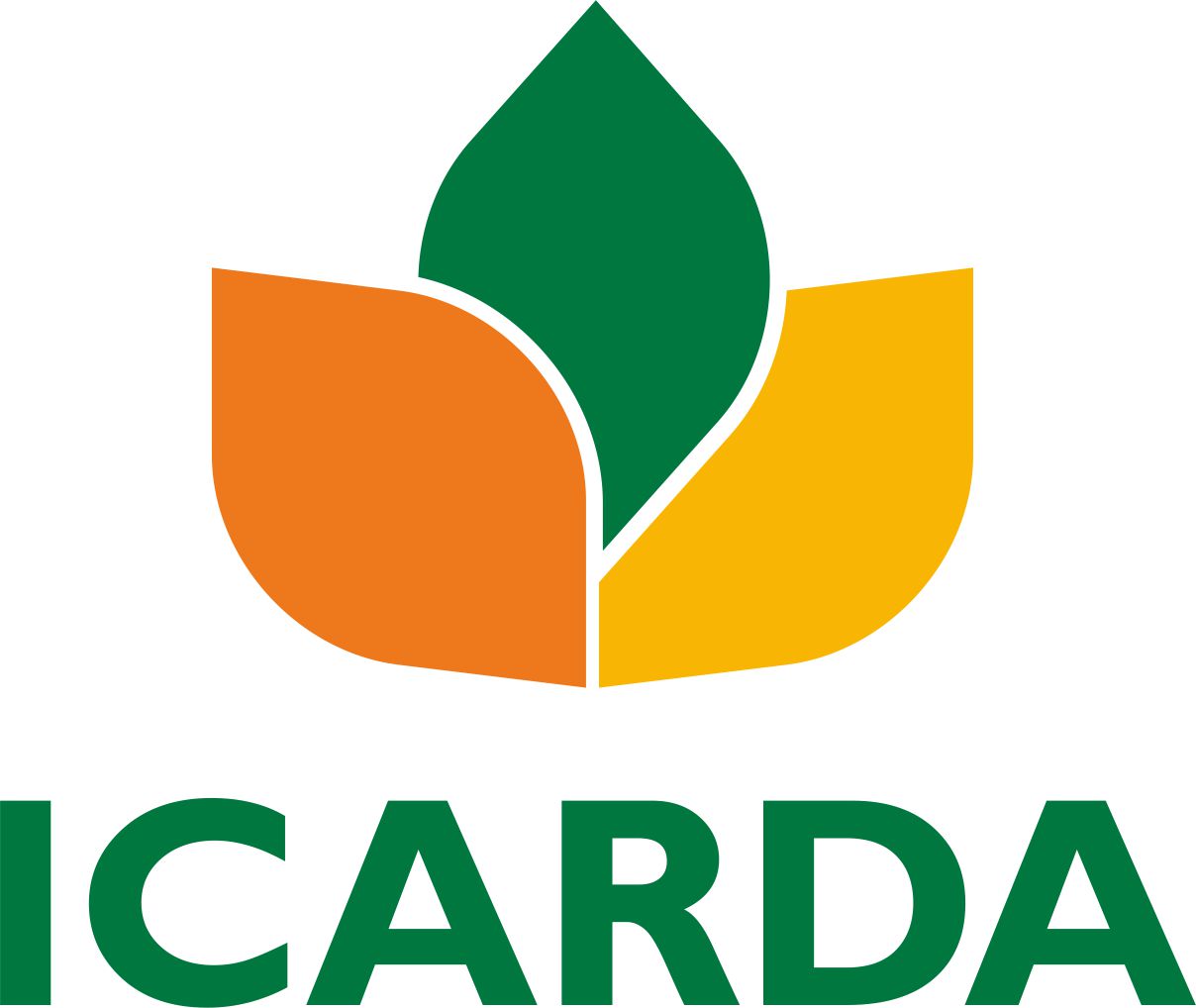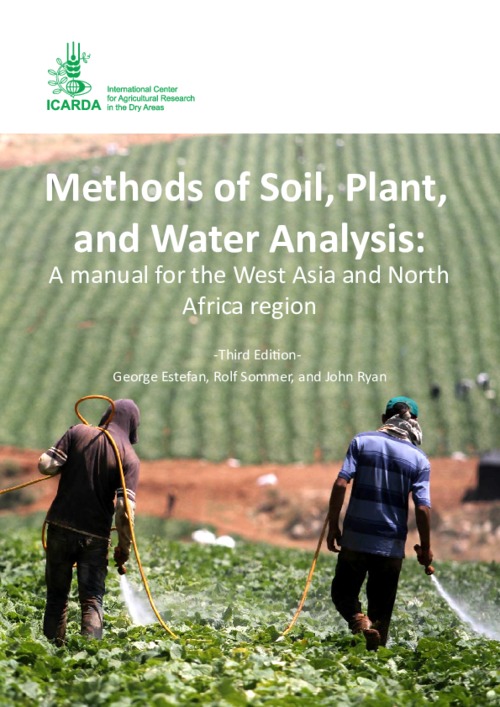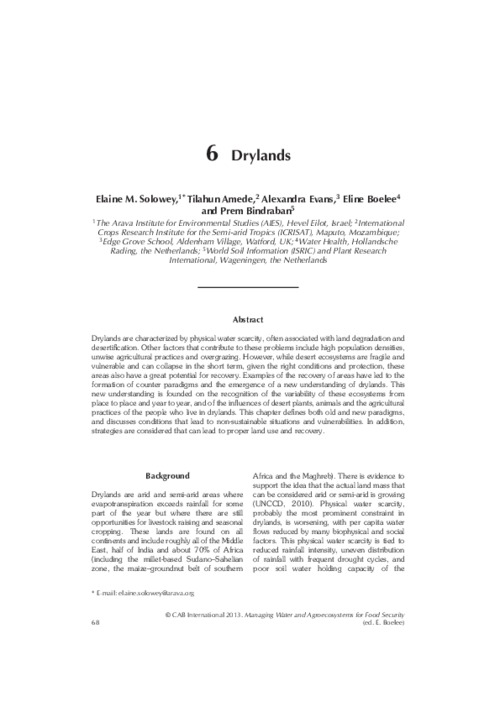Location
The International Center for Agricultural Research in the Dry Areas (ICARDA) was established in 1977. It is one of 15 such centers supported by the CGIAR. ICARDA’s founding mandate to promote agricultural development in the dry areas of developing countries remains highly relevant today.
ICARDA works with a tight focus on the problem-solving needs of resource-poor farmers, achieving this through the in-field delivery of its research outputs. Although global food production has increased by 20 per cent in the past decade, food insecurity and poverty remain widespread, while the natural resource base continues to decline.
International research centers such as ICARDA, which have helped drive previous improvements, continue to deliver new technologies to support sustainable growth in agriculture, and crucially, to work with a wide range of partners to accelerate the dissemination of these technologies.
ICARDA’s biggest strength is its staff – 600 highly skilled men and women from 32 countries. Our research and training activities cover crop improvement, water and land management, integrated crop-livestock-rangeland management, and climate change adaptation.
Other interventions include:
- Water harvesting - supplemental irrigation and water-saving irrigation techniques
- Conservation agriculture methods to reduce production costs and improve sustainability
- Diversification of production systems to high-value crops – horticulture, herbal and medicinal plants
- Integrated crop/rangeland/livestock production systems including non-traditional sources of livestock feed
- Empowerment of rural women – support and training for value-added products.
The ICARDA genebank holds over 135,000 accessions from over 110 countries: traditional varieties, improved germplasm, and a unique set of wild crop relatives. These include wheat, barley, oats and other cereals; food legumes such as faba bean, chickpea, lentil and field pea; forage crops, rangeland plants, and wild relatives of each of these species.
ICARDA’s research portfolio is part of a long-term strategic plan covering 2007 to 2016, focused on improving productivity, incomes and livelihoods among resource-poor households.
The strategy combines continuity with change – addressing current problems while expanding the focus to emerging challenges such as climate change and desertification.
We work closely with national agricultural research systems and government ministries. Over the years the Center has built a network of strong partnerships with national, regional and international institutions, universities, non-governmental organizations and ministries in the developing world and in industrialized countries with advanced research institutes.
THE ‘DRY AREAS’
Research and training activities cover the non-tropical dry areas globally, using West Asia, North Africa, Central Asia and the Caucasus as research platforms to develop, test, and scale-out new innovations and policy options.
Dry areas cover 41 per cent of the world’s land area and are home to one-third of the global population. About 16 per cent of this population lives in chronic poverty, particularly in marginal rainfed areas. The dry areas are challenged by rapid population growth, frequent droughts, high climatic variability, land degradation and desertification, and widespread poverty. The complex of relationships between these challenges has created a "Poverty Trap."
Members:
Resources
Displaying 316 - 320 of 431An integrated agro-ecosystem and livelihood systems approach for the poor and vulnerable in dry areas
More than 400 million people in the developing world depend on dryland agriculture for their livelihoods. Dryland agriculture involves a complex combination of productive components: staple crops, vegetables, livestock, trees and fish interacting principally with rangeland, cultivated areas and watercourses. Managing risk and enhancing productivity through diversification and sustainable intensification is critical to securing and improving rural livelihoods.
Methods of Soil, Plant, and Water Analysis: A manual for the West Asia and North Africa Region: Third Edition
This laboratory manual of analytical methods has been compiled to be used primarily by research
assistants, technicians and student trainees working in the laboratory. The methods have been
selected from different sources and adapted for routine analyses in the WANA region. A detailed
description of the methods can be found in the original publications listed in the references. As
analytical techniques are developed and improving, this manual will be subject to continuous
revision. Any helpful suggestion and feedback from users is most appreciated.
Drylands
Drylands are characterized by physical water scarcity, often associated with land degradation and
desertifi cation. Other factors that contribute to these problems include high population densities,
unwise agricultural practices and overgrazing. However, while desert ecosystems are fragile and
vulnerable and can collapse in the short term, given the right conditions and protection, these
areas also have a great potential for recovery. Examples of the recovery of areas have led to the
Introducing the CGIAR research program on dryland systems
Using remote sensing to assess impacts of land management policies in the Ordos rangelands in China
Implementation of land management policies influences land use and hence
causes environmental change. Taking the Ordos rangelands in China as a case
study, this paper explores the potential of remote sensing to assess in dryland
areas the impacts of policies on the environment. Thirteen Landsat images of the
period 1978 2010 were acquired and those corresponding to the starting dates of
implementation of different policies were selected for land-cover change analysis;
others were used to check the detected change and track the normalized







